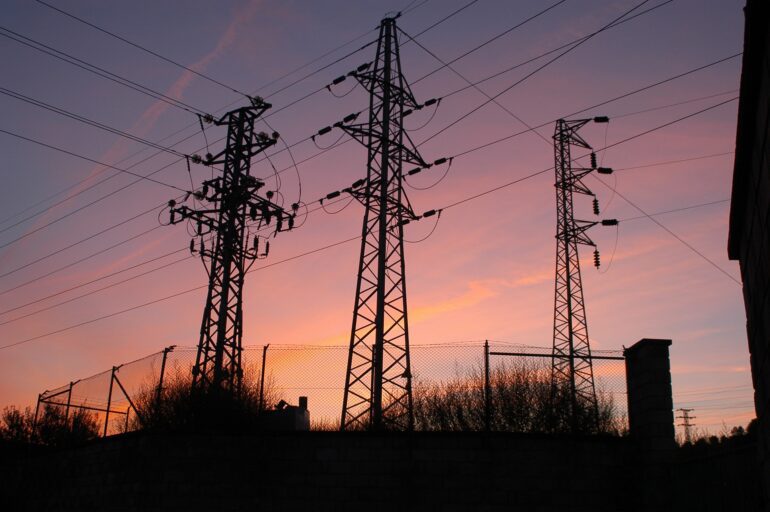- IEA forecasts show AI, cryptocurrency, and data centers consuming nearly 2% of global energy by 2022, set to double by 2026.
- Digital infrastructure demands significant material resources, raising environmental concerns and necessitating energy conservation.
- The energy-intensive nature of AI, particularly generative AI, poses challenges for sustainability, with training processes consuming substantial electricity.
- Scaling AI interactions could significantly increase electricity demand, highlighting the need for greener technology and consumer awareness.
- Experts stress the importance of transparency and ethical AI practices to mitigate environmental impacts.
Main AI News:
The proliferation of AI has already led to energy consumption levels comparable to that of a small nation, marking just the outset of a burgeoning trend. In January, the International Energy Agency (IEA) revealed its projections for global energy consumption in the coming years, now encompassing estimates for electricity usage associated with data centers, cryptocurrency operations, and artificial intelligence applications. These sectors collectively accounted for nearly 2 percent of global energy demand in 2022, with forecasts suggesting a potential doubling of demand by 2026, placing it on par with Japan’s entire electricity consumption.
In our contemporary digital landscape, much of our daily operations are orchestrated by algorithms concealed within the realm of computer code. Behind the scenes, machines monitor our activities, manage toll transactions, navigate the web on our behalf, and curate personalized content. However, sustaining this digital infrastructure entails significant material resources—plastics, metals, wiring, and water—each with its accompanying environmental costs. Among these, none are as pivotal as the energy trade-offs, particularly amidst escalating global temperatures that necessitate stringent energy conservation to mitigate climate-altering emissions.
The IEA’s latest findings underscore the urgency for transparency and the imperative for sustainable AI practices. It underscores the necessity for conscientious consumerism regarding emerging technologies, recognizing that every digital interaction incurs tangible real-world ramifications.
Amidst burgeoning energy demands, one domain witnessing exponential growth is generative AI, particularly in machine learning applications. The training and operational phases of these systems consume substantial energy resources. For instance, training a sophisticated language model such as OpenAI’s GPT-3 demands nearly 1,300 megawatt-hours (MWh) of electricity annually, equivalent to the power consumption of approximately 130 U.S. households. Notably, a single Google search consumes 0.3 watt-hours, while a ChatGPT request requires 2.9 watt-hours—highlighting the energy-intensive nature of AI interactions. Scaling this across the 9 billion daily searches could amplify electricity demand by 10 terawatt-hours yearly, akin to the energy consumption of approximately 1.5 million European Union residents.
In a recent conversation with Sasha Luccioni, lead climate researcher at Hugging Face, an AI company fostering ethical AI practices, she emphasized the pivotal role of data storage and machine learning in exacerbating climate change and energy consumption. With over a decade of experience in AI research, Luccioni advocates for sustainable AI development to mitigate its adverse environmental impacts, which are poised to intensify in the coming years.
Conclusion:
The burgeoning energy consumption of AI, as highlighted by the IEA forecasts, underscores the pressing need for sustainability and accountability in the technology sector. Companies must prioritize greener practices and transparency to mitigate environmental impacts and meet evolving consumer expectations for ethical AI. Failure to address these concerns could lead to regulatory scrutiny and reputational damage, impacting market viability and growth prospects.

